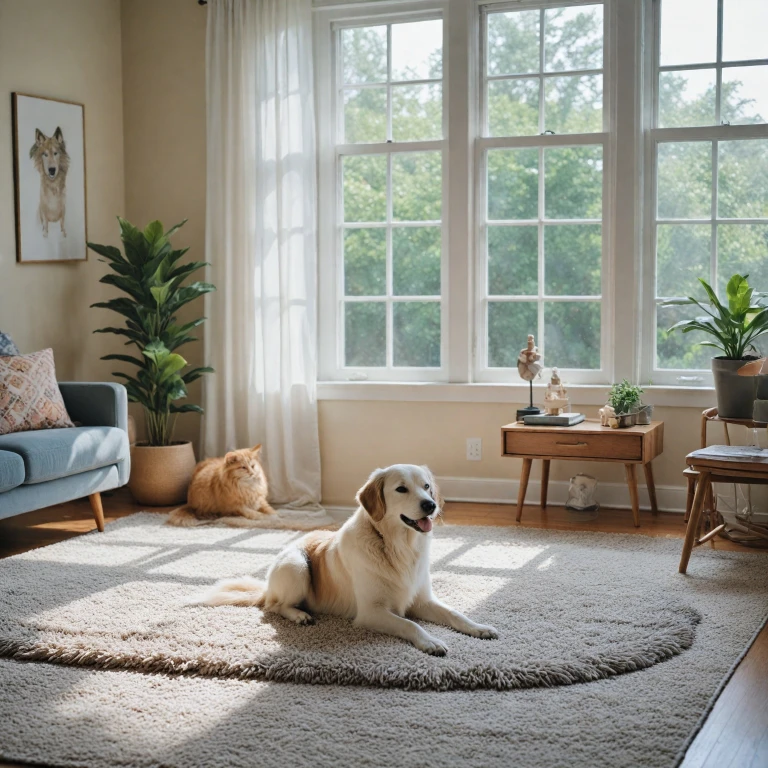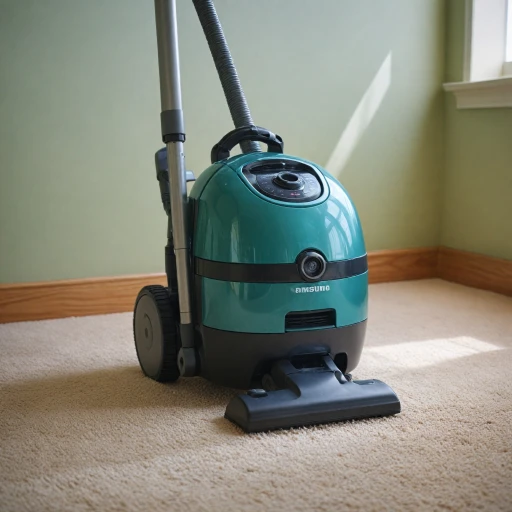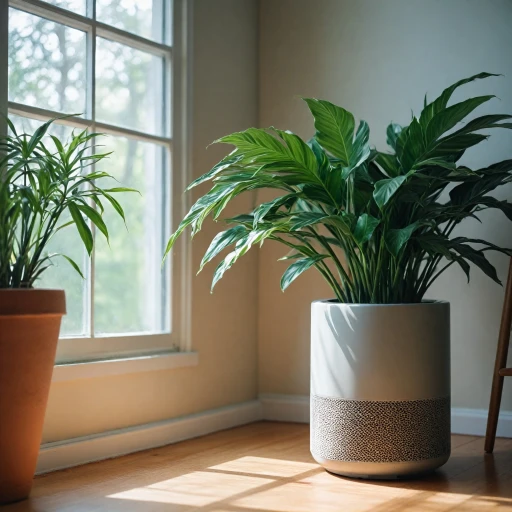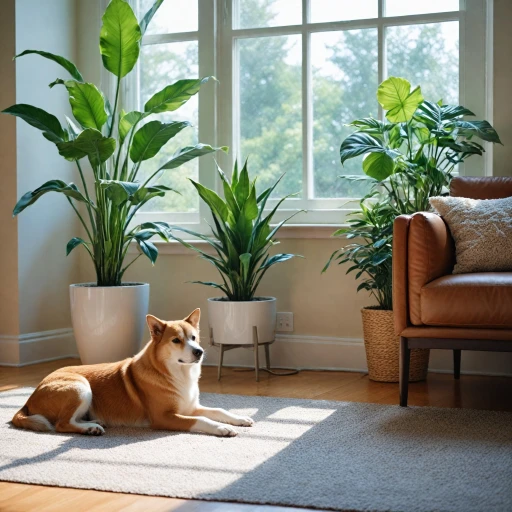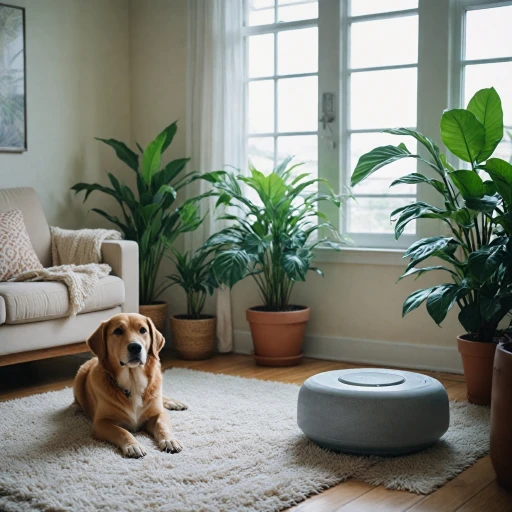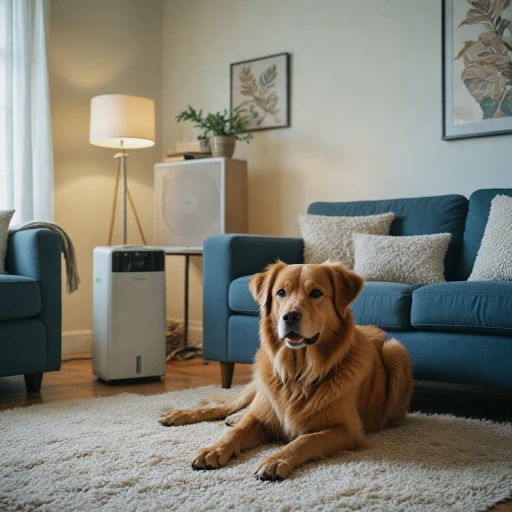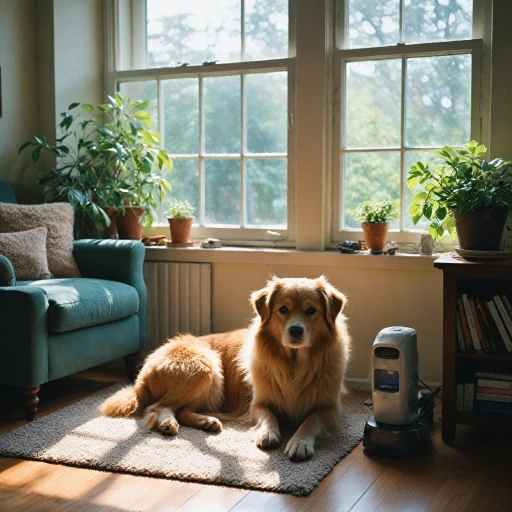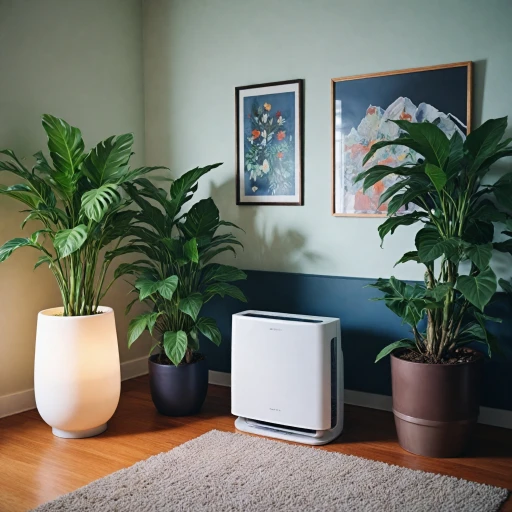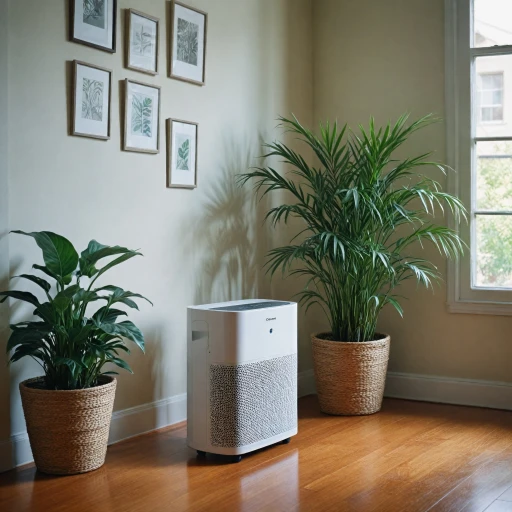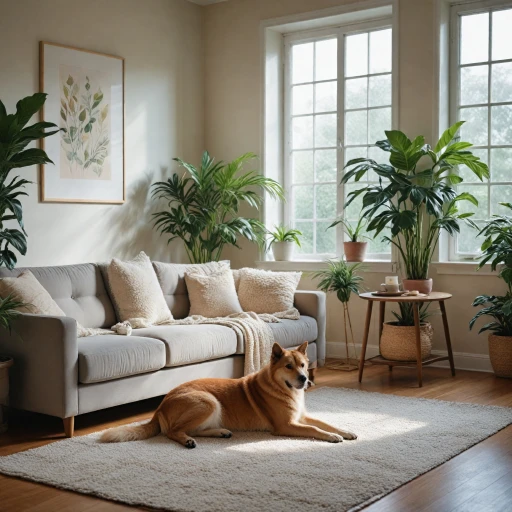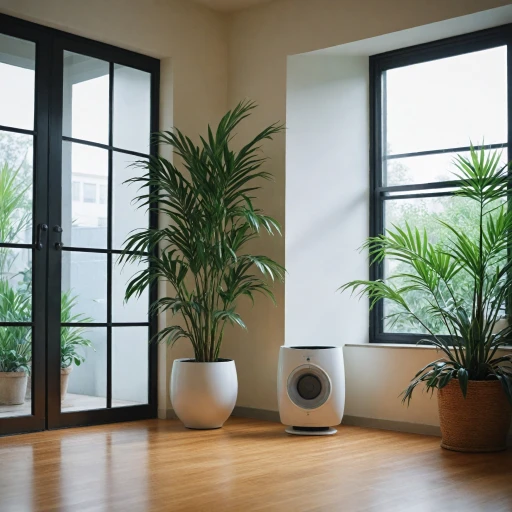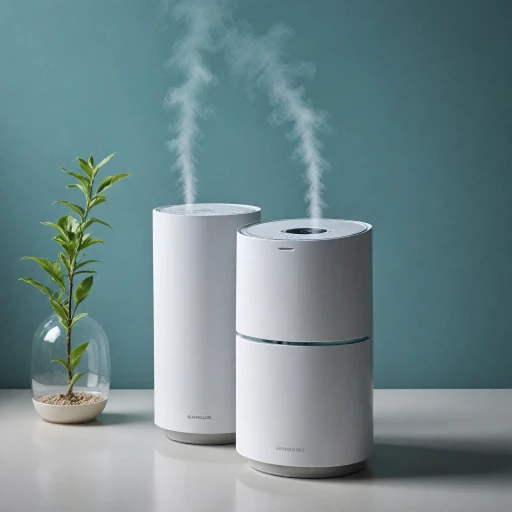
Understanding Pet Odors and Their Impact on Indoor Air Quality
Understanding the Source of Pet Odors and Their Effects on Indoor Air
Living with pets brings immense joy, but it also introduces unique challenges, such as managing pet odors that can affect your indoor air quality. Pets, including dogs and cats, release various odors, primarily from their fur, saliva, and waste, which can become embedded in furniture, carpets, and fabrics around the house. As these odors accumulate, they can contribute significantly to compromised air quality within your home.
Pet odors are not just unpleasant, but they can also contain airborne particles like pet dander, which can trigger allergic reactions or respiratory issues in sensitive individuals. Understanding the nature of these odors and their potential impact on your living environment is essential when choosing the right air purification solution.
Indoor air can also be affected by additional pollutants such as chemical odors and smoke. Learning about effective solutions for addressing these issues can further aid in maintaining clean air at home. For those struggling with cigarette-related air concerns, an effective solution may also be necessary to consider.
Key Features to Look for in an Air Purifier for Pet Odors
Essential Features for Tackling Pet Odors
When searching for an air purifier specifically for pet odors, it’s important to consider several key features that directly impact its ability to improve indoor air quality. Let's delve into what makes a product effective against unpleasant smells and other air pollutants brought by pets.
- True HEPA Filter: True HEPA filters are crucial as they capture 99.97% of airborne particles as small as 0.3 microns. This means not just pet odors, but also pet dander, hair, dust, and pollen will be significantly reduced, providing clean air for you and your family.
- Activated Carbon Filter: These filters are essential when it comes to absorbing odors. Activated carbon works to capture chemical vapors and odors, ensuring that smells from pets are effectively neutralized.
- Pre-filter: Acting as the first line of defense, pre-filters help trap larger particles such as pet hair and dust, extending the life of the other filters.
- Coverage Area: It’s important to choose an air purifier which suits the size of the room. Ensure the purifier has adequate capacity to handle the dimensions of your living space, especially if it’s shared with pets that roam freely.
- Filter Replacement Indicators: Regular maintenance is key. Models with filter change indicators can help you keep track of when replacements are needed, maintaining optimal air quality.
Understanding the variety of air filtration technologies and how they help tackle pet odors can guide you in making a well-informed choice. Do not overlook customer reviews as they often provide real-world insights into the product's effectiveness, aligning with the needs of pet owners confronting similar challenges. With the right air purifier, you can ensure that both you and your pets enjoy healthier and more pleasant indoor air.
Comparing Popular Air Purifiers for Pet Odors
Evaluating Top Choices for Pet-Specific Purifiers
When it comes to choosing an air purifier for pet odors, several models stand out based on their performance and features. As pet owners aim for cleaner indoor air, it is crucial to understand what each product offers beyond the basics.
- Rabbit Air MinusA2: Known for its aesthetic design and advanced features, this model is equipped with a six-stage filtration system, including a true HEPA filter and activated carbon filter, to target pet hair and dander efficiently. Customer reviews highlight its quiet operation and effectiveness in maintaining air quality.
- LEVOIT Core P350: Designed specifically to tackle pet odors, this purifier incorporates a HEPA filter combined with a custom high-efficiency activated carbon filter. The LEVOIT Core P350 is praised by pet owners for its compact size, making it suitable for smaller rooms.
- Winix HR900: This model features a five-stage filtration system with a pre-filter and plasma wave technology. It excels at capturing airborne particles and dust pollen, making it an ideal choice for households with multiple pets.
For a detailed understanding of why certain filters are more effective than others in handling pet-related concerns, it might be worthwhile to explore the distinctions between air purifier technologies.
Consider how easy it is to find replacement filters and ensure regular maintenance to keep your purifier performing at its best. Checking product reviews often reveals insights on long-term reliability and efficiency, guiding prospective buyers towards the best air purifiers suited for managing pet odors.
Tips for Maximizing the Efficiency of Your Air Purifier
Optimizing Your Air Purifier's Performance
To ensure your air purifier effectively combats pet odors, it's crucial to maximize its efficiency. Here are some practical tips to help you get the most out of your device:
- Regular Maintenance: Consistently check and replace filters as needed. A clogged HEPA filter or carbon filter can significantly reduce the purifier's ability to capture pet dander, hair, and odors. Refer to the manufacturer's guidelines for replacement schedules.
- Proper Placement: Position your air purifier in the room where your pets spend the most time. This ensures that the device can efficiently capture airborne particles and pet odors at the source.
- Use the Right Settings: Adjust the purifier's settings based on the room size and the level of pet odors. Higher fan speeds can be more effective in larger rooms or when dealing with strong odors.
- Pre-Filter Utilization: If your purifier has a pre-filter, make sure it is clean and functioning. Pre-filters capture larger particles like pet hair, allowing the HEPA filter to focus on smaller particles and odors.
- Monitor Air Quality: Some air purifiers come with air quality sensors. Use these to monitor the indoor air quality and adjust settings accordingly to maintain clean air.
By following these tips, you can enhance the performance of your air purifier, ensuring a fresher and more pleasant environment for both you and your pets.
Additional Strategies for Managing Pet Odors at Home
Enhancing Your Home's Freshness with Additional Methods
To effectively manage pet odors and improve indoor air quality, it’s important to combine your air purifier with other practical strategies. These additional measures can complement the capabilities of HEPA filters, activated carbon, and other filtration systems:- Regular Cleaning: Routine cleaning is essential in reducing pet hair and dander. Vacuum carpets, furniture, and pet bedding frequently to minimize the accumulation of potential airborne particles. Opt for a vacuum cleaner with a HEPA filter for the best air quality.
- Proper Ventilation: Allowing fresh air to circulate can help in dispersing odors. Open windows or use exhaust fans to remove stale air and refresh your home’s atmosphere.
- Grooming Pets: Regular grooming of your pets will cut down on shedding, thus reducing the load on your air purifiers. It's an effective way to keep pet hair and dander at bay.
- Use of Air-Refreshing Products: Natural air fresheners or enzyme-based deodorizers can neutralize odors without adding potentially harmful chemicals into the air. Choose products specifically formulated to tackle pet odors for optimal results.
- Strategic Placement of Air Purifiers: Place your purifier in rooms where your pets spend the most time to capture the majority of the pet dander and odors. Make sure the purifier is appropriate for the room size for maximum efficiency.
